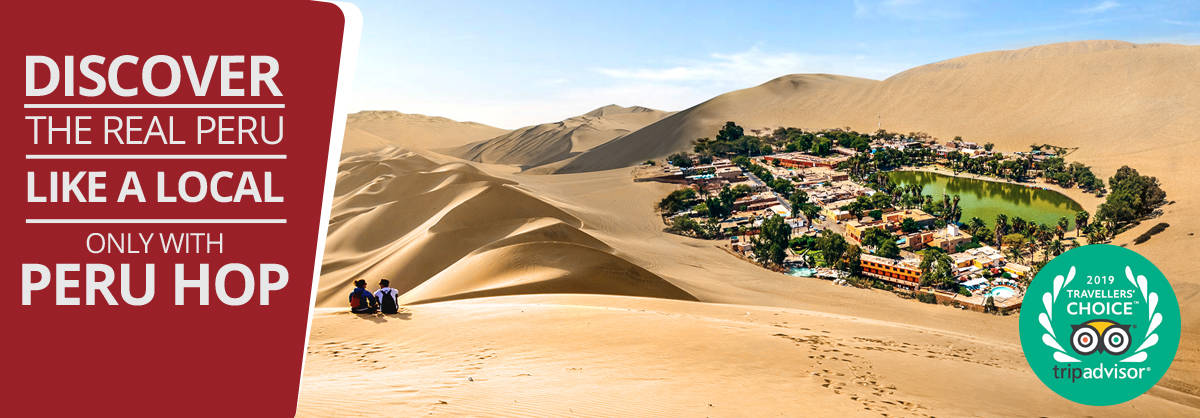What to Do in Paracas
May 6, 2015Paracas also known as El Chaco is a small beach resort on the Southern coast of Peru, 145 miles (235km) south of Lima. Paracas means raining sand in Quechua, this is spot on as the town encounters many, many sandstorms. An earthquake hit the region on August 15th 2007 and destroyed a lot of its infrastructure. But the region is bouncing back with new builds and reconstruction. The region has a lot to offer, historically and biologically. The Paracas culture dates back to 900 BC until AD 200. So what is there to do in Paracas? The Ballestas Islands, lie roughly an hour away by boat. The Paracas Peninsula is also part of the National Reserve.
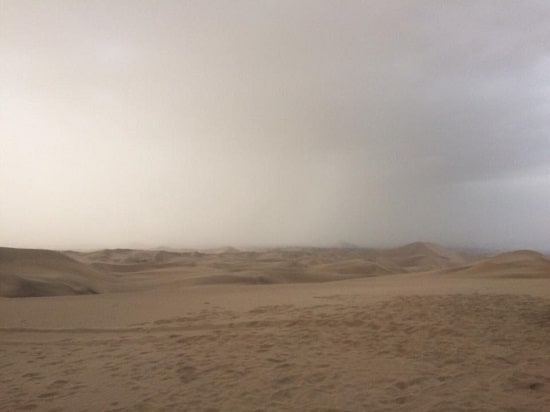
A Sandstorm About to Hit Paracas
Islas Ballestas
These islands also known as “the poor man’s Galapagos”, can be visited by boat from the Paracas harbor. It’s usually a guided half day trip that includes the sights of the Candelabra and the islands. Guides typically speak a number of languages so no one misses out. As you wait in the harbor for your boat to prepare and board you might be fortunate enough to see a pod of dolphins fishing or just playing. Peruvian Pelicans take advantage of the fishing dolphins and dive beak first for any left overs. You’ll hear the “oohs and aahs” of other adults mesmerized by the mammals and birds. Finally onboard the boat remember to put your sunnies on, the water can be choppy with a lot of splashing. And make sure that hat is secure!!! It can get rather windy!
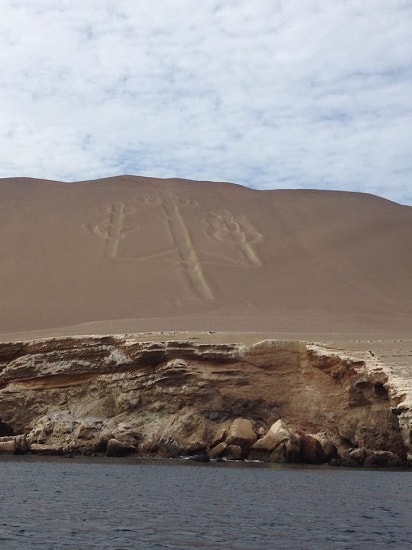
The Giant Candelabra in the Sand Dunes, near Ballestas Islands
On route to the islands you will see a huge three-pronged candle stick looking symbol in the high sand dunes. This is a candelabra with many stories behind its existence and creation. Be sure to listen to the different theories and then make your own mind up. Landing on the islands is banned, but the boats’ captains try to get as close as possible for the best views. The beaches are packed with sea lions and cliffs above are full of birds. Depending on the time of year you could be lucky to see throngs of baby sea lions tucked in beside their mothers on the beaches. You’ll see the larger male sea lions patrolling the waters to protect the females and babies. The sound of the sea lions barking can be booming at times but don’t be afraid to join in and do some impressions! The closer the boat gets, the stronger the smell gets. That’s the smell of guano (seabird droppings). Guano was once a multi-million dollar company, that Peru reaped many rewards from. The guano was used as a natural fertilizer.
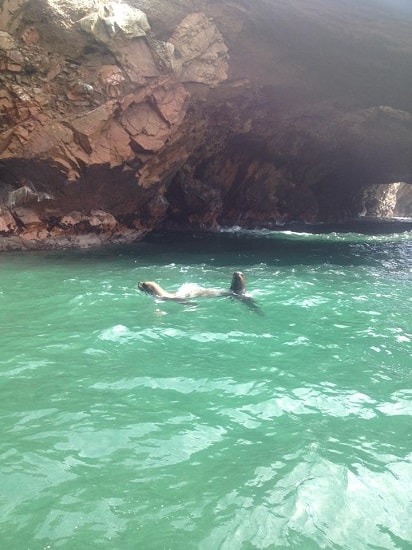
A Sealion Swimming at the Ballestas Islands
A number of birds endemic to the desert coast of Peru can be spotted from your seat. The Peruvian Booby and Peruvian Pelicans can be seen plunge diving to feed on schools of fish. This is an exciting and remarkable show so have your cameras at the ready. The Humboldt Penguin, a definite crowd pleaser, can be seen shuffling up and down the cliffs and are year round inhabitants of the islands. Keep your eyes peeled and you might glimpse one swimming speedily through the water. The elegant and breathtaking Andean Condor can be seen soaring above, if you see one you’ll immediately know it’s a condor from its startling 10 ft. wide wingspan.
ENTERTAINMENT TIP: If looking for fun at night, or to watch sports during the day, or even a taste of home, visit the Wild Rover Hostels Chain for great food, sports and beer! Entrance to their bars is free even for non-guests
Paracas National Reserve
A visit to the National Reserve is another well worth trip to do while in Paracas. The reserve encompasses an expanse of desert created to protect the areas biodiversity and archaeological sites. Beyond all the sand there are some interesting sites. You will see where the desert meets the sea in the reserve. You can spend some time on some deserted beaches. Some of beaches are quite different to one another because of volcanic rock, sedimentary rock and animal and fish remains. You can spot some wildlife too; flamingos and other birds, lizards and other marine life. There is a visitor’s center next to the entrance, alongside the Museo J.C. Tello. The center has many exhibits on the conservation of local marine and land life and ecosystems. You can easily pass an hour in the center reading and learning about how marine life has survived and also how humans have lived and survived in this desert area for thousands of years. The museum houses a collection of some of the excavated archaeological remains. The collection includes intricate weavings and embroideries and trepanned skulls discovered by the Peruvian archaeologist Julio C. Tello in 1925.
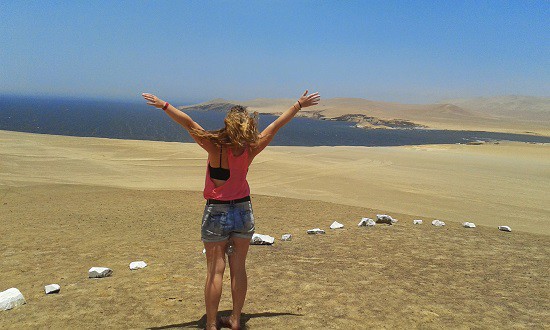
Taking in the Views at the Paracas Reserve

Ballestas Islands
Boats depart at 7am and 10am Mon-Sun
Cost: ranges from S/40 to S/50 ($12 to $17)
Paracas National Reserve
9am to 5pm daily
Cost: S/10 entrance fee
How to Get to Paracas
If planning on travelling to Cusco afterwards, Peru Hop offers a hop-on, hop-off bus service with one of the destinations being Paracas . Their service will pick you up in Lima and drop you off at any hotel or hostel in Paracas. See the PeruHop website for more details.
For those looking for shorter day trips, Escape From Lima also offer all inclusive 1, 2 and 3 day round trips from Lima to Paracas. Just click on the preferred amount of time to view your options!
Stay updated
If you are looking for more tips about Paracas, where to eat, transportation options, interesting insights, and other cool facts, check out paracasperu.com. This website is managed by proud locals who keep up-to-date traveler’s information about their lovely town a few hours away from Lima.
YOU MAY LIKE

Lima to Machu Picchu – Agencies DON’T want you to read this!

#1 Rated Day Trips From Lima To Unforgettable Destinations
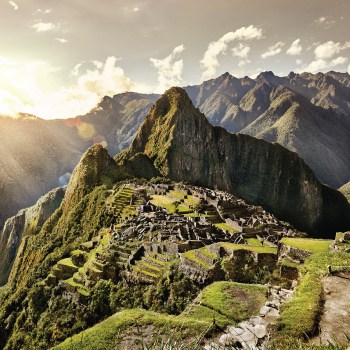
Everything You Need to Know to Avoid the Typical Tourist Mistakes At Machu Picchu

What NOT To Do When Visiting Rainbow Mountain
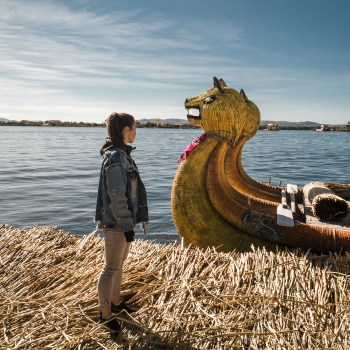
Spend 50% less and see 100% more in Peru
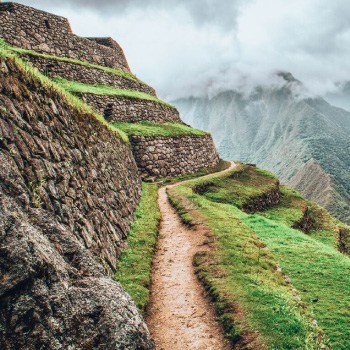
Machu Picchu Tickets – All You Need To Know!

These Hidden Destinations Just Outside Of Lima Will Blow Your Mind!

Peru – How to Avoid Being a Typical Tourist

OFFICIAL: This Company Was Voted The Best Way To Get Around Peru
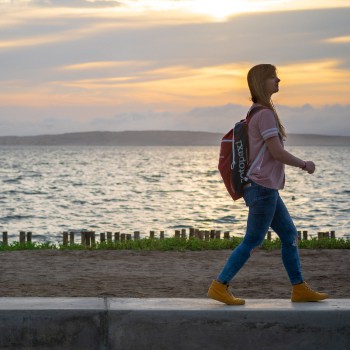
Peruvian Travel Secrets That Only The Locals Know
Leave A Reply
You must be logged in to post a comment.


